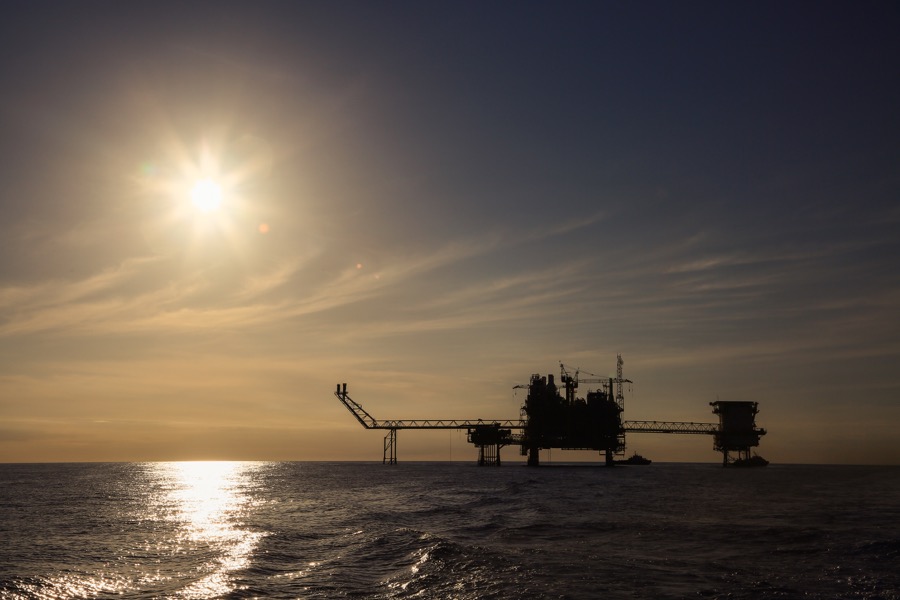In this latest knowledge base article, we explore the definition and processes categorized by the terms ‘gas lift’ and ‘gas injection’. For a student or industry observer, the terms can seem similar, or even interchangeable. This might be because both terms include the word ‘gas’, and from a basic standpoint, all wells involve the physical process of injection, and the lift of hydrocarbons.
To be clear, there IS a difference, and in a drilling, completions, intervention or workover plan, the terms will definitely mean different things. (Sorry that there was no spoiler alert, but mentioning the fact a few times in the article will help those learning the field to remember).
The best way of answering the question is to explain both processes separately.
What is Gas Lift?
Gas Lift is a from of artificial lift, probably the cheapest, easiest and most common method. It’s used in most production wells, the process involves injecting compressed gas down through the well casing.
Multiple gas lift valves at different depths infuse the gas into the flow of oil. The gas forms bubbles inside the oil, which reduces the hydrostatic pressure of the fluid column. This means that the reservoir liquids can flow to the surface at a faster rate.
The most effective depths for the lift valves will be the deepest ones. This is because the gas rises with the flow and more benefit will be gained by enhancing more of the well bore.
The operating pressures, valve positions, and gas injection rates are all monitored and controlled at the surface to allow for optimal production. These settings and adjustments will be individual to each particular well. They will be estimated in planning, then adjusted in real time during production.
Here’s one of the better videos on the topic:
PCS Ferguson, now part of Dover Artificial Lift are an established authority on technologies and strategies relating to gas lift, plunger lift, nitrogen generation and other artificial lift automation. This Texas based company has been involved in these areas since the 70’s – over 40 years, Dover Artificial Lift have 125 years under their belt!
What is Gas Injection?
Gas Injection is an enhanced oil recovery method. Inert gases, typically nitrogen or carbon dioxide get pumped into an injection well. This creates higher pressure that filters through the reservoir formation and pushes hydrocarbons out from low pressure, or isolated areas.
Sometimes, depending on the hydrocarbon mix, gas that has been pumped from the well gets pumped back down into it. This happens when the LPG, methane and so on won’t be commercialized. Injecting it back, reduces or eliminates the need for flaring and is a more environmentally conscious action.
In other instances, the gas will be injected into the gas cap of the primary well head. The choice of using a separate injection well, or the main well, will be a case by case basis. We could see either or both decisions being used, due to knowledge of the reservoir formation, and feedback from monitoring sensors and instruments.
Even when all of the hydrocarbons are roughly in once place, an injection of gas into the reservoir helps to maintain pressure that depletes as the levels do.
Sometimes gas injection will be used to help a new well ramp up after completion, other times it might be used towards the end of the life of the well.
The main difference between the two:
Gas Lift and gas injection are both used to increase flow and production from a reservoir. A gas lift is an artificial lift that is a primary method, used commonly, at all stages of the well cycle.
Gas injections are often referred to as a secondary or tertiary enhanced recovery method. The technique is more likely to be used in older wells, or tight wells where some extra help is needed.
One main difference between the two is that the gas injection goes into the reservoir, and the gas lift goes into the well bore and to the surface.
Another difference is that an injection often requires a stronger compressor or pump, but not always. The reason is that with an injection, its competing with the existing reservoir pressure to get into the formation. Gas lift pressures depend more on the depth of the well, but will be less at the same depths.





In a field development we are not having any hydrate risk for wet gas, planning to use wet gas for gas lift and injection. Dehydrating the wet gas needs CAPEX and OPEX therefore we need to see what is the risk of using wet gas for gas lift and injection. If you’re looking for expertise opinion in using wet gas for lift and injection, drop me a comment or explore it on Oges.
In my experience, I’ve seen gas injection being used as a valuable tool for enhanced oil recovery, especially in older wells. It’s interesting to note how gas injection helps maintain pressure in reservoirs as the levels deplete, ensuring the production continues smoothly. Moreover, the environmental aspect of re-injecting unused gas to reduce flaring demonstrates the industry’s commitment to sustainability and responsible practices.
Excellent definition